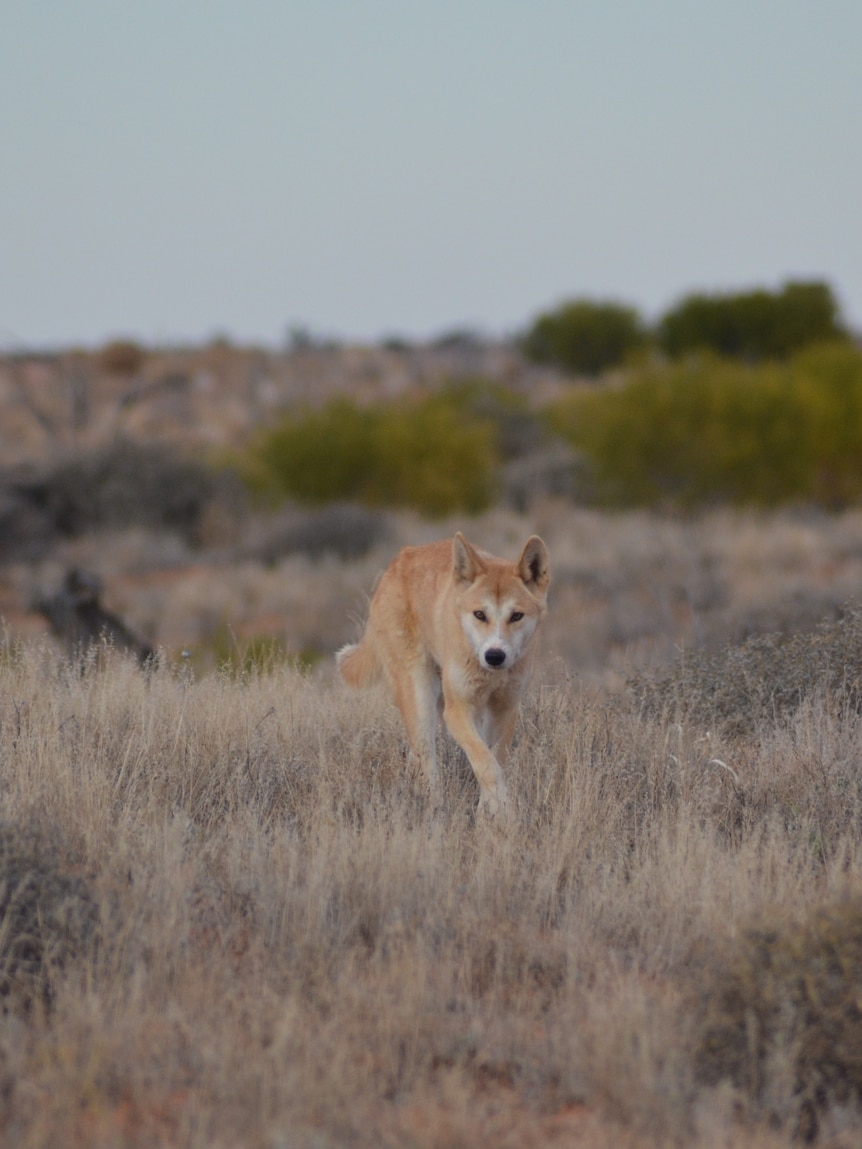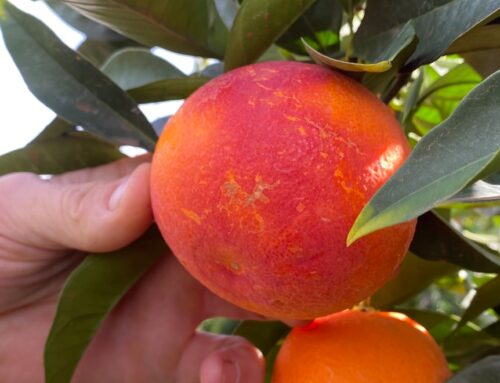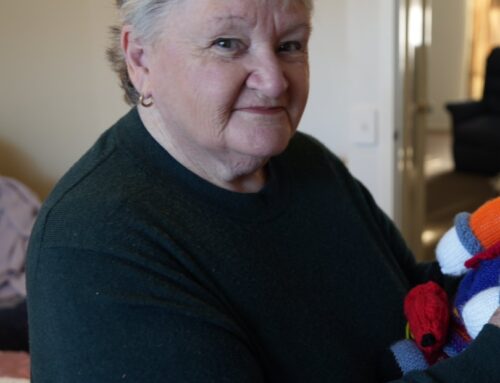The newest tool for managing dingoes in Australia may come from the species’ own wee.
Research from the University of New South Wales has shown dingoes are deterred by the urine of male dingoes in their prime.
UNSW PhD student Ben Walker lead the research in conjunction with Taronga Conservation Society and the Dingo Society research centre.
Mr Walker said they tested urine from young, prime and old dingoes and it was the prime samples that scared other dingoes away.
“We’ve taken some dingo urine and we have placed it out in the landscape, we went to the Strzelecki Desert,” he said.
“What we found was that when [dingoes] smelled this scent, they actually went away very quickly away.”
The team collected 30 samples of urine from dingoes in captivity and Mr Walker said it was clear which samples were most effective.
“So those prime samples, when [a dingo] smelled this, they were like, ‘Whoa, I gotta get out of here’,” he said.
“And they didn’t come back as quickly, they delayed a little bit.”
Five key compounds
Once the team worked out it was the urine from prime-aged dingoes scaring others away, they took it back to the lab for analysis.
Out of the thousands of unknown compounds, they narrowed it down to just five which may be key.
“One of those is found in two species of skunk, which makes sense because it’s really smelly and lasts a long time,” Mr Walker said.
“One of them is found in metabolites in mice, which, again, is maybe a mammal thing, and that has conveyed social status before.
“And one is found in really harsh environments and the compound doesn’t break down in those environments.”
Multitude of uses
Dingoes and wild dogs cost Australian primary producers almost $50 million a year.
There are also concerns about dingo predation on remote mine sites, Indigenous communities and outback tourism.
Mr Walker said by understanding the cause and effect of urine, potential non-lethal management tools for dingoes could be developed.
“There’s this option to both look at one compound and see how it might be developed to deter individuals in the landscape,” he said.
“Or you might have to look at ratios between compounds. So you make a mixture of two or three or four compounds, and then say do these actually have the same effect as the scent from the animal itself?
“The best way forward is to test it and do experiments out in the landscape with landowners, with First Nations people.
“I think it would be a really important step because we can we can understand and work with the ecology of the species rather than against them.”
He hoped the team’s research would help those who needed it, such as farmers, miners, tourism operators, and First Nations communities.
“If they have other ways to approach a new problem, like what this research is, I think it might offer a relief of some potential tension and might give them another way forward or another type of approach to what could be quite a difficult space,” he said.
The research has been published in the journal Chemical Senses and was a collaboration between the University of NSW, Taronga Conservation Society and the Dingo Discovery Sanctuary and research centre.
Not a silver bullet
Last week the Victorian government put an end to the killing of dingoes in the north-west of the state, saying the animal is “at risk of extinction”.
It makes Victoria the first Australian state to protect the species on private land.
The national wild dog management coordinator at the Centre for Invasive Species, Greg Mifsud, said non-lethal tools to manage dingoes and wild dogs were not new.
“I think we’ve been exploring non-lethal tools for some time, but once again, it just comes back to that practicality and whether they’re useful in the landscape,” Mr Mifsud said.
“[Researchers’] ability to separate out those volatile components and identify certain chemicals that dogs obviously detect and respond to is really interesting work,” he said.
“But I guess it comes back to the practicality and how they can be implemented in the field to protect livestock.”
He said the compound could potentially be used in conjunction with barrier fencing to limit predation by dingoes.
“Particularly around grids in fences and things like that, they’re the weak points in those sorts of exclusion fences,” he said.
“You could deter a dog from going through a gate by using a scent perhaps.
“I think there is potential there for sure, but I think it’s probably fairly limited and it’s probably [best] integrated with other tools.”





